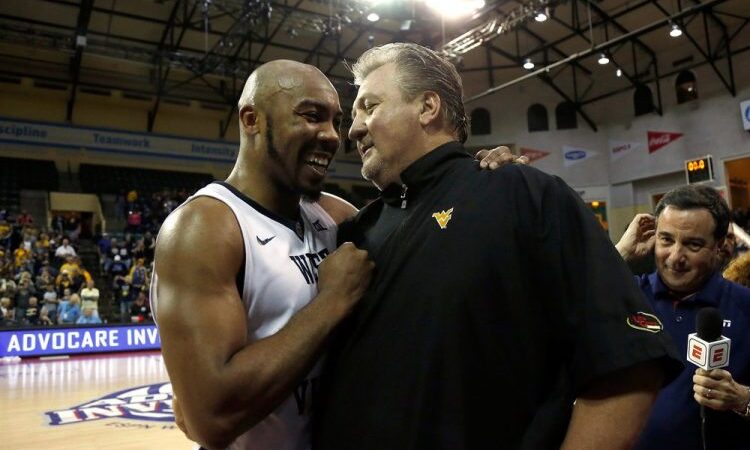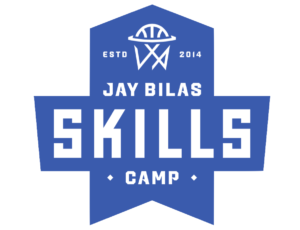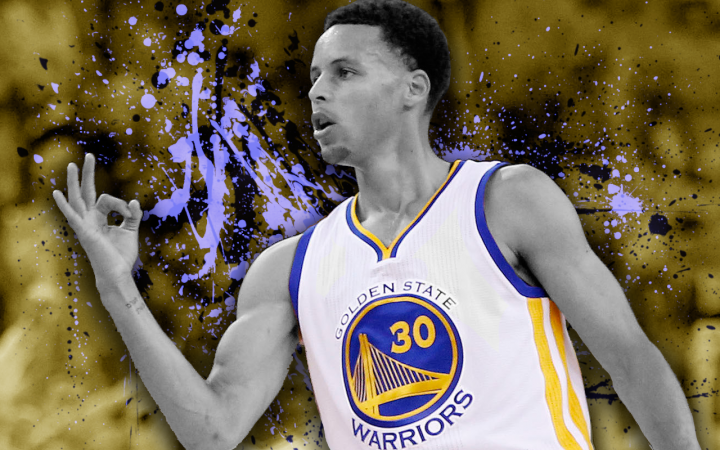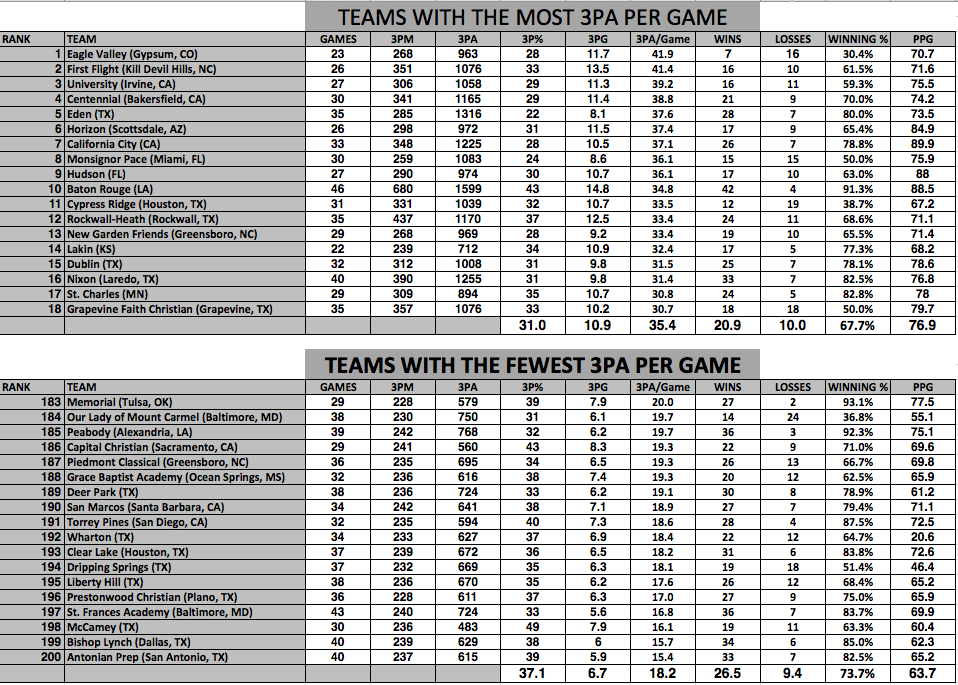ARTICLE: Treadmill Mentality
NBA rookie, Javon Carter, wrote a letter to the City of Memphis. There were a lot of great takeaways from players, and some interesting insights into the program at West Virginia. Here are some of the things that stood out to me.
“See, it was like this at West Virginia: The only thing that mattered to Coach was that we played harder, every single play, than the other team.”
“Coach’s whole philosophy was about maintaining focus, minimizing mistakes and working hard. He wanted to make sure that no matter who we were up against, we were not going to be the first ones to get tired.”
“I remember when he first scouted me at an AAU game my senior year of high school. It was an 8 a.m. game. I wasn’t being recruited by that many D-I schools, even by my senior year. I remember that after the game he told me he liked me because the other guys on the court looked sluggish — but not me. He told me that he thought I was quicker than people gave me credit for, and that he was impressed that I got my hands on a lot of balls. I had been the top scorer in the game, but he didn’t talk about that at all.
No coach had ever talked to me about deflections. Huggins was different. I liked him right away. And when he gave me an opportunity, I jumped at it. That was all I needed.”






